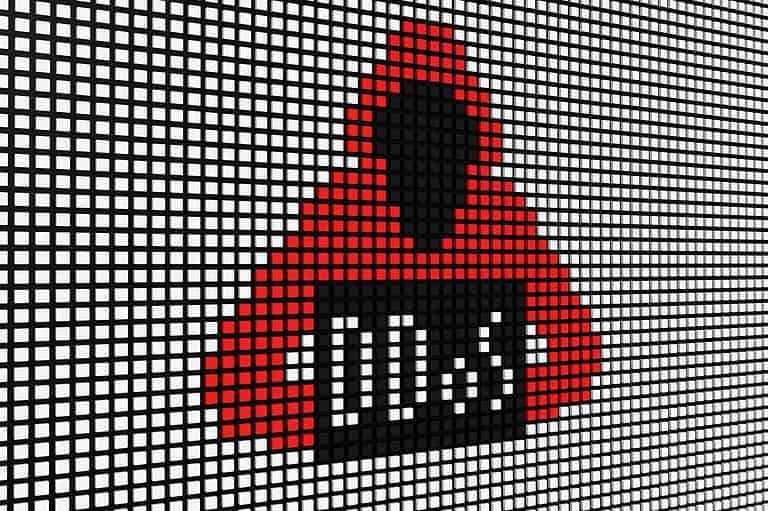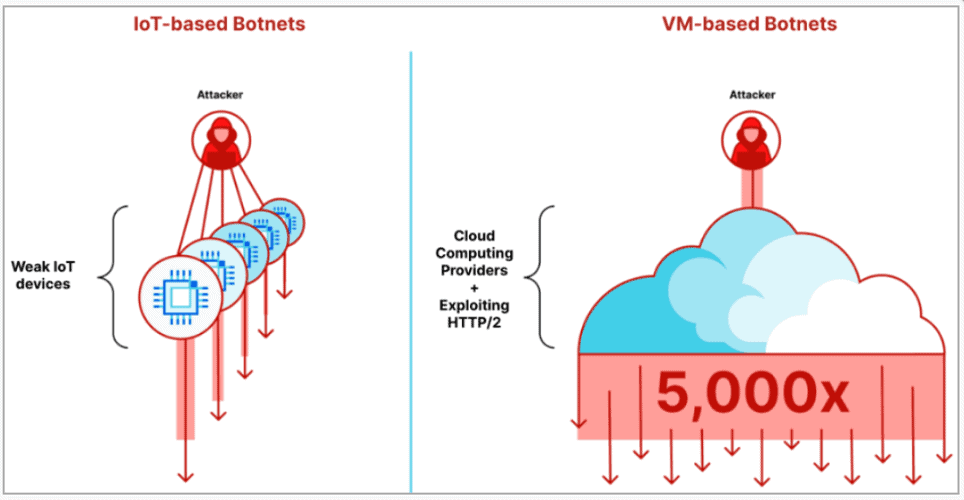According to figures from Cloudflare, a new DDoS record has been set, with a whopping 201 million requests per second.
Cloudflare observes that the third quarter saw more high-volume HTTP DDoS attacks than ever before. These types of attacks generate high volumes of pointless traffic or spurious requests to take down servers of apps, websites and online services.
In the third quarter, Cloudflare recorded thousands of such DDoS attacks. In these, 89 used more than 100 million requests per second (rps). The largest attack used 201 million rps, smashing the previous record of 71million (February 2023).
In total, the number of HTTP DDoS attack requests reached 8.9 trillion rogue requests last quarter. This is 65 percent more than in the second quarter of this year. So-called application layer attacks also increased by 14 percent in the third quarter of 2023. This saw a peak of 2.6 Tbps.
Also read: Cloudflare, Google, Microsoft and Amazon report heaviest DDoS attacks ever
HTTP/2 Rapid Reset main cause
Cloudflare sees the advent of the DDoS technique HTTP/2 Rapid Reset, discovered as a zero-day in August this year, as the main cause for the increase in attacks. Hackers use this technique using giant vm-based botnets of 5,000 to 20,000 nodes. These vm-based botnets generate more traffic than “weaker” botnets from IoT devices.
Targets
Targets of the large volumes of HTTP DDoS attacks in the third quarter were mainly gaming and gambling sites. IT companies and Internet services, cryptocurrency, software and telecom companies were also frequently targeted.
Application layer attacks focused more on mining companies, nonprofit organizations, pharmaceutical companies and the U.S. government. The U.S., Singapore and China were the most attacked countries.
In addition to HTTP DDoS attacks and application layer attacks, the number of smaller DDoS attacks such as mDNS (multicast DNS) attacks, CoAP (Constrained Application Protocol) attacks and ESP (Encapsulating Security Payload) DDoS attacks also increased.
Good news is that the number of ransom DDoS attacks decreased for the second quarter in a row.

